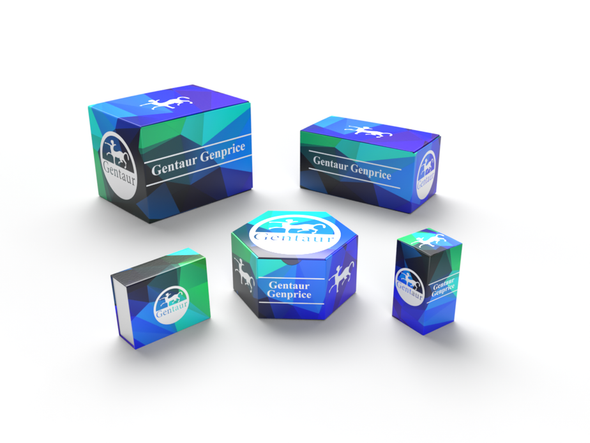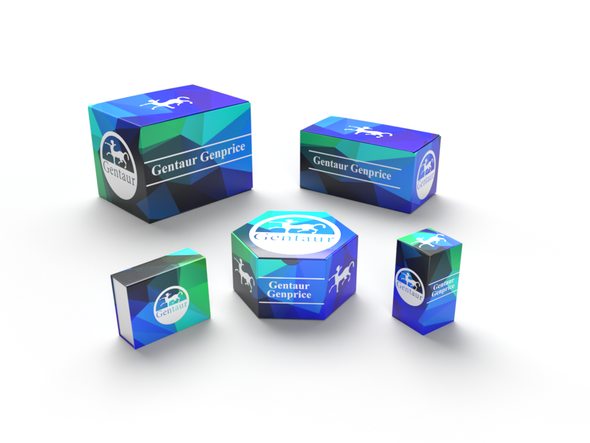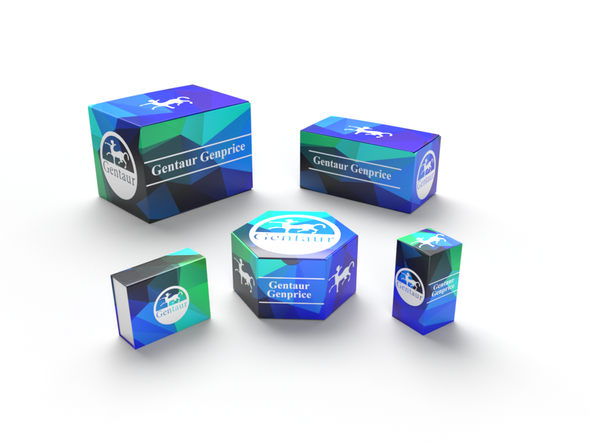Description
B4GalT1 Antibody | 63-690 | Gentaur UK, US & Europe Distribution
Host: Rabbit
Reactivity: Human
Homology: Predicted species reactivity based on immunogen sequence: Bovine, Mouse
Immunogen: This B4GalT1 antibody is generated from rabbits immunized with a KLH conjugated synthetic peptide between 329-358 amino acids from the C-terminal region of human B4GalT1.
Research Area: Cell Cycle, Signal Transduction
Tested Application: WB, Flow
Application: For WB starting dilution is: 1:1000
For FACS starting dilution is: 1:10~50
Specificiy: N/A
Positive Control 1: N/A
Positive Control 2: N/A
Positive Control 3: N/A
Positive Control 4: N/A
Positive Control 5: N/A
Positive Control 6: N/A
Molecular Weight: 44 kDa
Validation: N/A
Isoform: N/A
Purification: This antibody is purified through a protein A column, followed by peptide affinity purification.
Clonality: Polyclonal
Clone: N/A
Isotype: Rabbit Ig
Conjugate: Unconjugated
Physical State: Liquid
Buffer: Supplied in PBS with 0.09% (W/V) sodium azide.
Concentration: batch dependent
Storage Condition: Store at 4˚C for three months and -20˚C, stable for up to one year. As with all antibodies care should be taken to avoid repeated freeze thaw cycles. Antibodies should not be exposed to prolonged high temperatures.
Alternate Name: Beta-1, 4-galactosyltransferase 1, Beta-1, 4-GalTase 1, Beta4Gal-T1, b4Gal-T1, 241-, UDP-Gal:beta-GlcNAc beta-1, 4-galactosyltransferase 1, UDP-galactose:beta-N-acetylglucosamine beta-1, 4-galactosyltransferase 1, Lactose synthase A protein, N-acetyllactosamine synthase, Nal synthase, Beta-N-acetylglucosaminylglycopeptide beta-1, 4-galactosyltransferase, Beta-N-acetylglucosaminyl-glycolipid beta-1, 4-galactosyltransferase, 241-, Processed beta-1, 4-galactosyltransferase 1, B4GALT1, GGTB2
User Note: Optimal dilutions for each application to be determined by the researcher.
BACKGROUND: B4GalT1 is an enzyme that participates both in glycoconjugate and lactose biosynthesis. For the first activity, the enzyme adds galactose to N-acetylglucosamine residues that are either monosaccharides or the nonreducing ends of glycoprotein carbohydrate chains. The second activity is restricted to lactating mammary tissues where the enzyme forms a heterodimer with alpha-lactalbumin to catalyze UDP-galactose + D-glucose <=> UDP + lactose. The two enzymatic forms result from alternate transcription initiation sites and post-translational processing.






